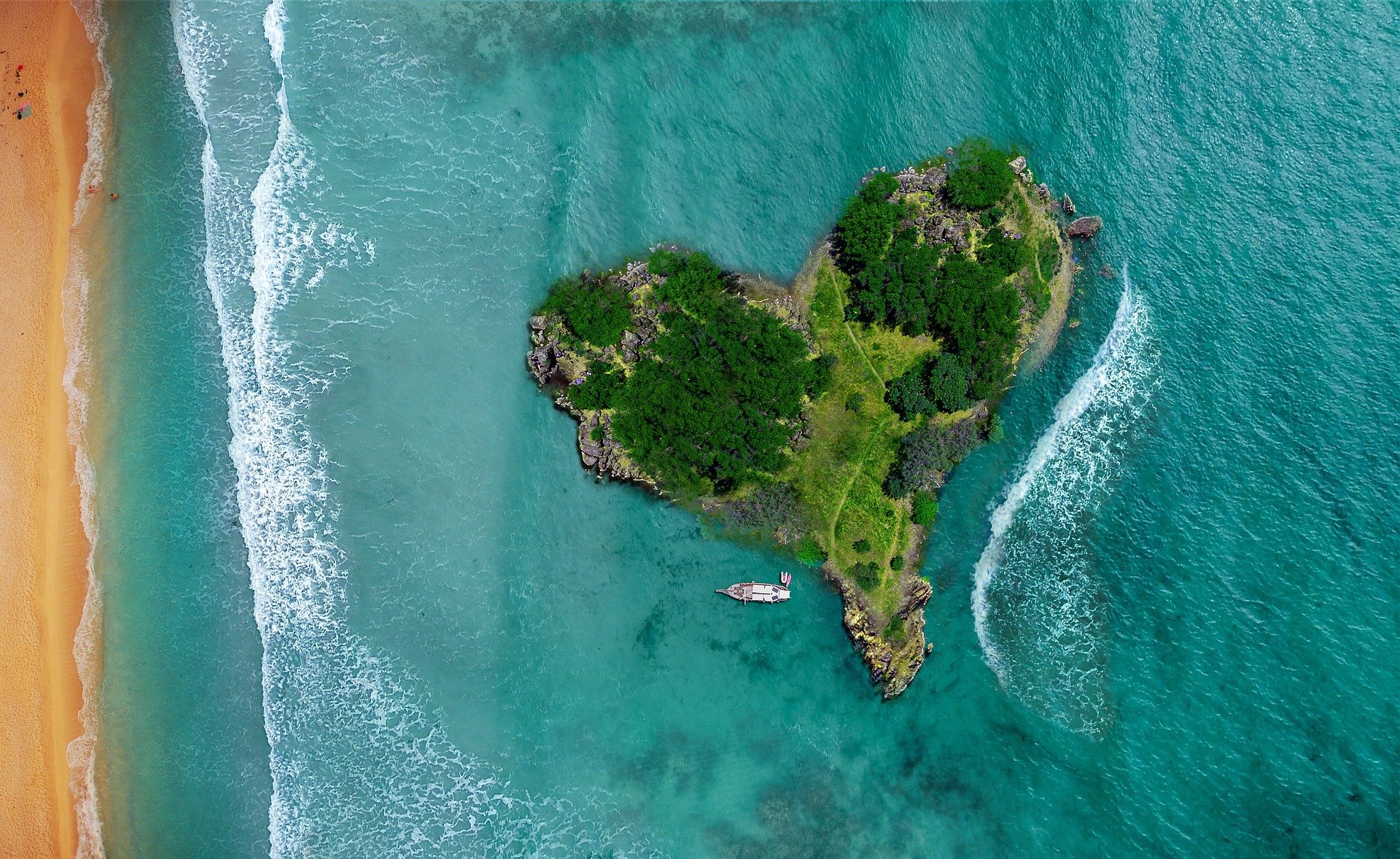Tidal Tourism: Riding the Waves of Coastal Adventure
Coastal exploration takes on a thrilling dimension with the emergence of tidal tourism, a niche travel trend that synchronizes adventures with the ebb and flow of the ocean. This unique approach to seaside vacations offers travelers the opportunity to experience dramatic landscape transformations, engage in time-sensitive activities, and gain a deeper appreciation for marine ecosystems. As interest in immersive and nature-based travel experiences grows, tidal tourism presents an exciting frontier for those seeking to harmonize their journeys with the rhythms of the natural world.

Unveiling Hidden Worlds
One of the most captivating aspects of tidal tourism is the opportunity to explore otherworldly landscapes that are typically hidden beneath the waves. During low tide, vast tidal flats, intricate rock formations, and vibrant tide pools become accessible, offering a glimpse into rich marine ecosystems. Destinations like the Bay of Fundy in Canada, home to the world’s highest tides, allow visitors to walk on the ocean floor and witness the dramatic transformation as the tide rises up to 16 meters in just a few hours.
Time-Sensitive Adventures
Tidal tourism introduces an element of urgency and excitement to coastal activities. Travelers must be acutely aware of tide times to safely engage in experiences like sea cave exploration, coastal foraging, and tidal island visits. This time-sensitive nature adds an adventurous edge to trips, as visitors race against the clock to reach certain locations before the tide returns. The Holy Island of Lindisfarne in England, for instance, is only accessible by car during low tide, creating a thrilling window for exploration.
Sustainable Coastal Exploration
As environmental consciousness grows within the travel industry, tidal tourism aligns well with sustainable practices. By focusing on natural tidal cycles, this form of travel promotes a deeper connection with marine environments and fosters greater awareness of coastal conservation issues. Many tidal tourism experiences incorporate educational elements, teaching visitors about marine life, coastal geology, and the importance of preserving these dynamic ecosystems for future generations.
Culinary Tides: Gastronomic Adventures
Tidal tourism extends beyond sightseeing, offering unique culinary experiences tied to the rhythms of the sea. Coastal foraging tours, guided by local experts, allow travelers to harvest seaweed, shellfish, and other tidal delicacies during low tide. These excursions not only provide fresh, locally sourced ingredients but also educate participants about sustainable harvesting practices and traditional coastal cuisines. In regions like Galicia, Spain, visitors can join local shellfishers in the art of seafood gathering, known as marisqueo, during exceptionally low tides.
Economic Tides: Impact on Coastal Communities
The rise of tidal tourism presents new economic opportunities for coastal communities, particularly in regions with dramatic tidal ranges. Local guides, boat operators, and accommodations catering to tide-chasers are emerging, creating jobs and diversifying income streams in areas that may have previously relied solely on traditional fishing or seasonal beach tourism. This trend encourages the development of year-round tourism offerings, as tidal experiences can be enjoyed across different seasons.
Riding the Wave: Tips for Tidal Tourists
-
Research tidal charts and schedules for your destination well in advance
-
Always check local tide times and consult with local experts before venturing out
-
Wear appropriate footwear for walking on potentially slippery or uneven surfaces
-
Respect marine life and practice leave-no-trace principles during coastal exploration
-
Consider joining guided tours for safety and to gain deeper insights into tidal ecosystems
-
Pack a waterproof bag for valuables, as conditions can change rapidly in tidal areas
-
Be prepared for quick weather changes, which are common in coastal regions
As travelers seek more immersive and nature-aligned experiences, tidal tourism offers a compelling way to engage with coastal environments. This emerging trend not only provides unique adventures but also fosters a deeper appreciation for the dynamic forces shaping our planet’s shorelines. By syncing their journeys with the ebb and flow of the tides, visitors gain a new perspective on time, nature, and the ever-changing coastal landscape, creating memories that ebb and flow with the rhythm of the sea.





